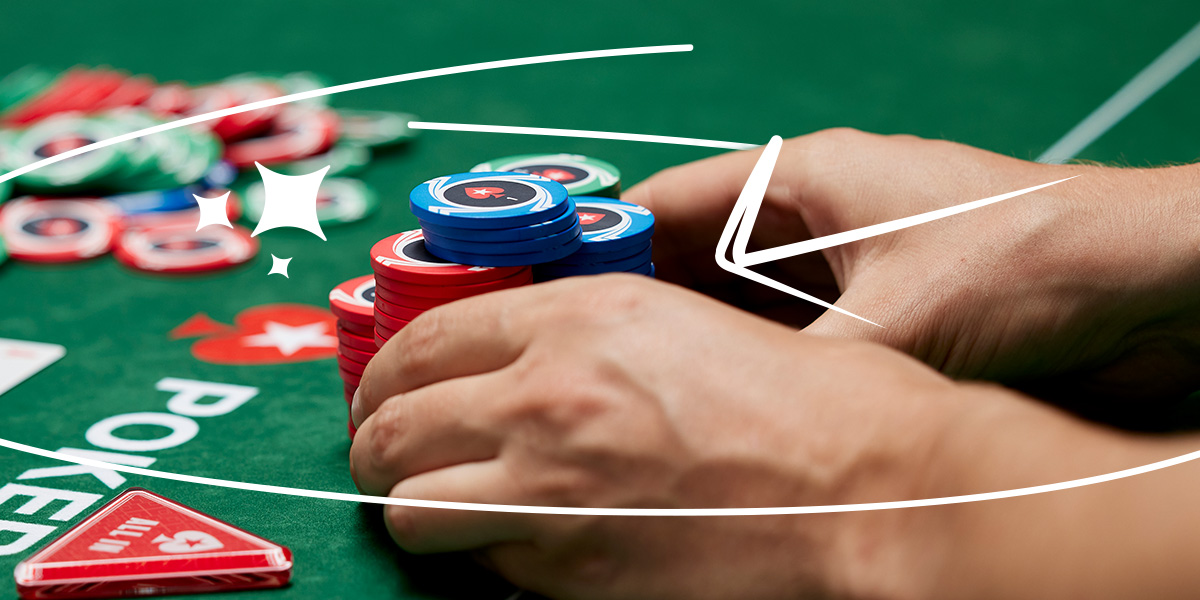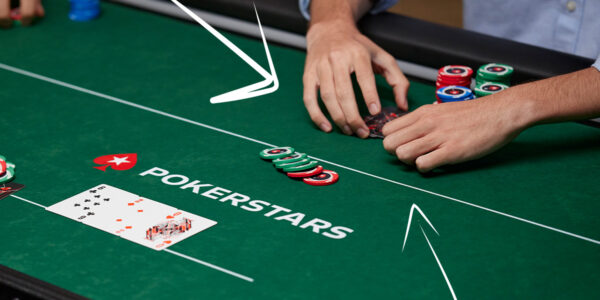How to deal with Downswings
Poker is great when it’s all going well, it’s the best game in the world and it feels like you’re never going to have a losing session again or ever fail to make the money in a tournament. However, the reality is very different. There are very few graphs that trend continuously upwards without any significant losing periods.
This is poker, there is variance and there will be downswings. It’s how you deal with one that really counts. Before we get into the main ways to deal with a downswing, it’s important to note that there’s some overall work you can do to help avoid them – or at least make them less severe – in the future. The solution is simple, you can’t play your A Game all the time, so you need to work on improving your B, C and D game, heck even your X, Y and Z game. Raising the floor on the worst version of yourself, will help improve your bottom line just as much as improving your A Game. Putting that into practice takes a lot of work though.
Now let’s take a look at how to deal with a downswing and come out the other side with a bankroll still intact.
Take A Break
“Going on tilt is not ‘mixing up your play.”
There’s no doubt that a downswing can affect your mental state. You can go on tilt without realising it. If you feel like a downswing is affecting your game or even how you feel about poker – it’s normal to feel a bit upset or mad when things don’t go your way – then the simplest solution is to take a break.
If only it was that easy though. Admitting to yourself that a break would be good for you is a hard mental obstacle to leap over. PokerStars offers 12-hour and 24-hour cooling off periods as well as , 30 day, 60 day, and 120 day time out periods.
One of the hardest parts of taking a break is finding a competitive pursuit other than poker to flex your mental muscles. Sure most poker players play because they want to win, but it’s also the taking part and battle of wits that keeps people coming back to this wonderful game. So, to stay strong and keep yourself from coming back to the tables before you’re ready, it’s important to have another hobby or interest. Gaming is an obvious outlet, be it mobile or console, or simply fire up a Twitch stream and live vicariously through Spraggy, Lex or your favourite streamer of choice.


Hit The Lab
“Poker is hard.”
Of course, another way to use the time you would’ve been playing poker is to study poker. There are hundreds of poker tools and pieces of software that can help improve various aspects of your game. You can check out the full list of which tools are allowed by PokerStars here. If you’re using a HUD such as Hold’em Manager or Poker Tracker then you’ll already have access to the hands you’ve played. Analysing big pots you’ve lost, or tricky spots you’ve marked for later review is a good place to start. One of the key advantages to hitting the lab is, through analysis you should (hopefully) be able to ascertain if the downswing is down to variance, playing badly or, most likely, both.
Other options to help study and improve your game, some of which obviously cost money are: sign up to a training site (or buy a specific course), get some one on one coaching, post tricky hands on a poker forum to get advice from other players at a similar level to you, search out a study group for the same stakes/game type you play to bounce ideas off like minded people and finally bury your head in a good poker book. Not necessarily a strategy book, there are plenty of books dedicated to the mental side of the game on the market.
Play Through It
“In the long run there’s no luck in poker, but the short run is longer than most people know.”
This is almost certainly not the correct option if you’re an inexperienced player or in the midst of your first serious downswing. But, if you’ve been around the block a few times, and successfully come out the other side of a downswing or five, then playing through it is, likely, the quickest way of turning that frown upside down.
It’s not for the faint hearted though, it takes strong mental fortitude to keep heading back to the tables, playing your best game and continually having little or nothing to show for it. It’s such an alien concept for a semi-pro or serious hobbyist. Imagine turning up to your regular job, putting in a good shift and then at the end of the day your boss asks you for money.
But, in theory, if your play is unaffected by the downswing, then by continuing playing you’re increasing the sample size and, hopefully, smoothing out the variance.
Drop Down In Stakes
“I think one of the interesting things about poker is that once you let your ego in, you’re done for.”
Swallowing your pride and dropping down in stakes during a downswing is a sensible option. Not only are you practising prudent bankroll management by dropping down in stakes, but you’re, in theory, playing against weaker opposition, this should improve win rates and increase your ROI%. This has two knock on benefits, firstly it’ll increase your confidence and secondly, hopefully it’ll increase your bankroll too, allowing you to build back up and be back at your usual stakes once you come out the other side of the downswing.
Whatever options you choose to take to try and alleviate the downswing, the most crucial step is being completely honest about what factors are causing the downswing, only then will you find the right path to take.











